Preventive Dental Care: Save Teeth, Avoid Loss & Damage
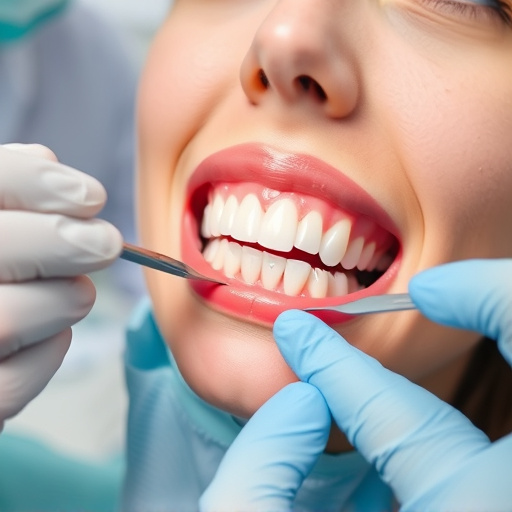
Unexpected dental emergencies are common but preventive dental care is key to saving teeth and prese…….
Preventive dental care is a cornerstone of modern dentistry, focusing on maintaining oral health through various strategies before dental diseases or conditions even arise. This proactive approach not only preserves teeth and gums but also significantly reduces the economic burden of dental treatments. The concept has evolved over time, shifting from reactive disease management to a more holistic, preventive model of care. In this article, we will embark on a journey through the world of preventive dental care, exploring its definition, global impact, technological innovations, regulatory frameworks, and future prospects. By delving into these aspects, readers will gain valuable insights into how this field is shaping oral health practices worldwide.
Preventive dental care refers to a set of measures aimed at avoiding the onset of dental diseases, promoting oral health, and reducing the need for extensive dental treatments. It involves a multi-faceted approach that includes patient education, regular check-ups, professional cleaning, and the use of topical fluorides and sealants. The primary goal is to prevent tooth decay, gum disease, oral cancer, and other oral health issues.
The core components of preventive dental care can be categorized into three main levels:
Primary Prevention: This level focuses on educating patients about proper oral hygiene practices, including brushing, flossing, and dietary choices. It also involves the use of fluoride treatments and sealants to strengthen tooth enamel and protect against cavities.
Secondary Prevention: Here, the emphasis is on early detection and intervention. Regular dental check-ups and professional cleanings are crucial to identify potential issues at an early stage when they are more manageable. For example, detecting mild gum inflammation before it progresses to periodontitis.
Tertiary Prevention: This level involves managing existing oral health conditions to prevent their progression or relapse. It includes treatments for advanced gum disease, tooth decay, and other dental problems to restore oral health and functionality.
The concept of preventive dentistry has evolved over the centuries, reflecting advancements in scientific understanding and technological capabilities. Historically, dental care was largely reactive, focusing on treating pain and infections rather than preventing diseases. The 20th century saw a paradigm shift with increased research into the causes of dental diseases, leading to the development of more effective prevention strategies.
The introduction of community water fluoridation in the 1940s marked a significant milestone. This public health measure has been instrumental in reducing tooth decay rates worldwide. Additionally, advancements in dental materials and techniques have enabled more efficient cleaning and sealing of teeth, further enhancing preventive care.
Today, preventive dental care is not only a key component of oral healthcare systems but also contributes to overall public health. By focusing on prevention, healthcare providers can reduce the burden on patients, insurance companies, and healthcare systems as a whole.
Preventive dental care has a profound global impact, with variations in its implementation and outcomes across different regions. The World Health Organization (WHO) estimates that over 3.5 billion people worldwide lack access to oral health services, emphasizing the need for improved preventive measures.
Developed Countries: In many Western nations, such as the United States, Canada, and most European countries, preventive dental care is well-established. Regular dental visits, fluoride treatments, and comprehensive educational programs have led to reduced tooth decay rates. However, disparities exist, with socioeconomically disadvantaged populations often facing barriers to accessing quality preventive care.
Developing Nations: In contrast, many low- and middle-income countries face significant challenges in implementing effective preventive dental care. Limited access to clean water, inadequate sanitation, and a shortage of trained dental professionals hinder progress. For instance, the African Region has some of the lowest oral health coverage rates globally, with less than 25% of the population having access to essential oral care services.
Several trends are shaping the global landscape of preventive dental care:
Oral Health Awareness: Increasing public awareness about the importance of oral health has led to greater demand for preventive services. This trend is evident in rising patient numbers for routine check-ups and cleanings.
Technology Integration: The adoption of digital technologies, such as electronic health records (EHRs), intraoral cameras, and advanced diagnostic tools, is enhancing preventive care. These innovations improve patient management, enable early disease detection, and facilitate better communication between patients and providers.
Community-Based Programs: There is a growing emphasis on community-based preventive dental programs, particularly in underserved areas. School-based interventions, community fluoride campaigns, and mobile dental clinics are effective ways to reach populations with limited access to traditional dental services.
Global Partnerships: International collaborations, such as the Global Oral Health Federation (GOHF), play a crucial role in sharing best practices, fostering research, and advocating for policy changes to improve oral health globally.
The preventive dental care market is a significant segment within the broader dental industry. According to a report by Grand View Research, the global dental prevention market size was valued at USD 8.3 billion in 2021 and is expected to grow at a compound annual growth rate (CAGR) of 6.2% from 2022 to 2030. This growth is primarily driven by increasing oral health awareness, rising healthcare expenditures, and the adoption of advanced preventive technologies.
Key Market Drivers:
Preventive dental care has far-reaching economic implications. On one hand, it can help reduce the financial burden of dental diseases by minimizing the need for complex, costly treatments. A study by the Centers for Disease Control and Prevention (CDC) estimated that, in the U.S., preventive dental services saved nearly $34 billion in direct medical costs between 2012 and 2016.
However, inadequate access to preventive care can lead to economic disparities. Undertreated oral health issues may result in pain, missed work or school days, and increased healthcare expenditures for more severe conditions. Addressing these disparities through comprehensive prevention strategies is essential for achieving sustainable economic development.
Technological advancements have revolutionized preventive dental care, improving its efficiency, accessibility, and effectiveness:
Digital Imaging and 3D Modeling: Intraoral cameras and advanced imaging technologies enable dental professionals to capture detailed images of teeth and gums, facilitating better diagnosis and treatment planning. 3D modeling allows for precise simulations, aiding in the placement of implants and orthodontic appliances.
Teledentistry: This emerging field uses video conferencing, mobile apps, and other digital tools to provide dental consultations remotely. Teledentistry addresses challenges in accessing dental care in rural or underserved areas, making preventive services more accessible.
Mobile Dental Clinics: These are equipped with necessary dental equipment and technology, allowing healthcare providers to offer preventive care directly to communities with limited access to traditional dental facilities.
AI-Driven Diagnostics: Artificial Intelligence (AI) algorithms can analyze dental images and patient data to detect early signs of gum disease, tooth decay, and oral cancer, enabling timely interventions.
Wearable Dental Devices: Smart brushes, mouthguards, and other wearable devices equipped with sensors provide real-time feedback on brushing techniques and oral hygiene practices, empowering individuals to take a more proactive role in their dental care.
The future of preventive dental care is filled with promising possibilities. Advancements in AI, robotics, and materials science are expected to further enhance diagnostic capabilities and treatment outcomes. Customized prevention plans based on individual genetic profiles and behavior patterns may become the norm.
However, challenges remain. Ensuring equitable access to these technological innovations is crucial. Cost barriers and digital divides must be addressed to avoid exacerbating existing healthcare disparities. Additionally, ongoing research is needed to validate the long-term effectiveness and cost-efficiency of new technologies in preventive care settings.
Preventive dental care is shaped by various policies and regulatory measures that influence its delivery and quality:
National Dental Health Programs: Many countries have implemented comprehensive national oral health programs that outline guidelines for preventive care, funding mechanisms, and performance indicators. For example, the U.S. has the Title V Maternal and Child Health Block Grant Program, which includes provisions for dental prevention services.
Insurance Coverage: Healthcare insurance policies play a significant role in determining access to preventive dental care. Many countries have mandatory dental coverage, ensuring that citizens can access essential preventive treatments without out-of-pocket expenses.
Dental Public Health Regulations: These regulations focus on community-based interventions, water fluoridation, and food safety standards to promote oral health at a population level. The WHO’s Global Action Plan for Oral Health 2014-2020 provides guidelines and targets for member states to improve oral health globally.
Professional Licensing and Standards: Dental associations and regulatory bodies set standards for dental professionals, including requirements for continuing education, professional conduct, and quality assurance in preventive care services.
Policies and regulations significantly impact the development and implementation of preventive dental care programs:
Despite its numerous benefits, preventive dental care faces several challenges:
Access Disparities: Socioeconomic inequalities, geographic locations, and cultural barriers often limit access to quality preventive dental services, particularly for marginalized communities.
Behavioral and Cultural Factors: Oral hygiene practices, dietary choices, and attitudes towards dental care vary across cultures and individuals. Educating patients about preventive measures can be challenging, requiring culturally sensitive approaches.
Cost-Effectiveness: Some preventive treatments, especially in the long term, may appear costly. Convincing patients, insurance providers, and policymakers of their cost-effectiveness is crucial for sustainable implementation.
Workforce Shortages: There is a global shortage of dental professionals, including dentists, dental hygienists, and specialists, hindering the delivery of preventive care services, especially in rural or underserved areas.
Addressing these challenges requires multi-faceted strategies:
Setting: Rural communities in Australia
Initiative: The Australian government launched a national community fluoridation program in the 1960s, aiming to improve oral health outcomes for children and adults.
Outcomes: After decades of implementation, studies have shown significant reductions in tooth decay rates among participants. This program has been instrumental in raising public awareness about the benefits of fluoride and has served as a model for other countries considering community fluoridation.
Setting: Urban schools in Mexico City
Initiative: The Mexican government introduced school-based dental programs to provide free oral health services to students, including preventive care, cleanings, and educational workshops.
Outcomes: These programs have successfully increased dental examination rates and improved oral hygiene practices among students. By educating young people about the importance of oral health, these initiatives contribute to lifelong healthy habits.
Setting: Rural villages in sub-Saharan Africa
Initiative: Non-profit organizations deployed mobile dental clinics equipped with basic tools and supplies to reach remote communities. These clinics provide routine check-ups, cleanings, and basic restorative treatments.
Outcomes: The presence of mobile dental units has significantly improved access to care for thousands of people in underserved regions. Patient satisfaction rates are high, and these programs have contributed to better oral health outcomes in these communities.
The future of preventive dental care is filled with promising developments:
Personalized Prevention: Advancements in genomics and data analytics will enable personalized prevention plans tailored to individual genetic predispositions, lifestyle factors, and oral microbiomes.
Digital Therapeutics: Digital interventions, such as mobile apps and virtual reality (VR) simulations, may become commonplace in preventive care, offering interactive educational experiences and behavior change support.
Integrative Dental-Medical Care: Growing recognition of the oral-systemic link will lead to more collaborative dental-medical practices, addressing overall health and well-being rather than just oral health.
Global Partnerships for Knowledge Sharing: Increased international cooperation through organizations like the Global Oral Health Federation will facilitate the exchange of best practices, research findings, and technological innovations.
To capitalize on these future prospects, key strategic considerations include:
Preventive dental care is a cornerstone of oral health systems worldwide, offering cost-effective solutions to prevent dental diseases and improve overall well-being. Technological advancements, policy initiatives, and community engagement have collectively contributed to its growth and success. However, challenges remain in ensuring equitable access, addressing behavioral barriers, and integrating preventive care into broader healthcare systems.
Looking ahead, the future of preventive dentistry is promising, with emerging trends that leverage digital technologies, personalize care, and emphasize holistic oral health approaches. By adopting a proactive, collaborative, and evidence-based approach, we can create sustainable oral health systems that promote healthy smiles for generations to come.

Unexpected dental emergencies are common but preventive dental care is key to saving teeth and prese…….
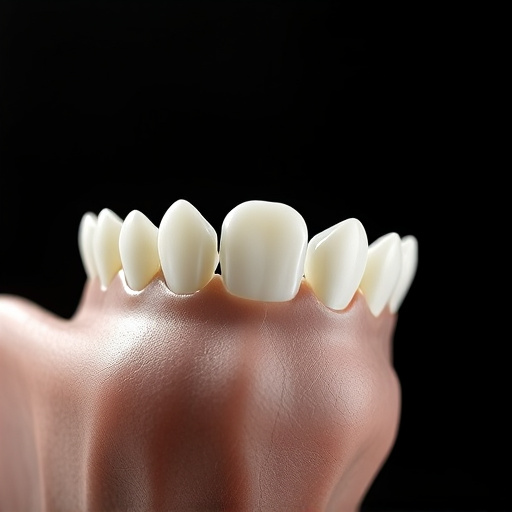
Prompt emergency dental treatment is vital for severe symptoms like pain, swelling, and abscesses, p…….
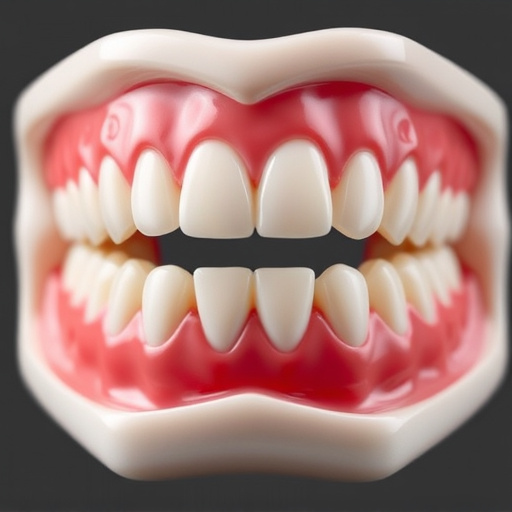
Oral accidents impact people of all ages but children are particularly vulnerable due to developing…….
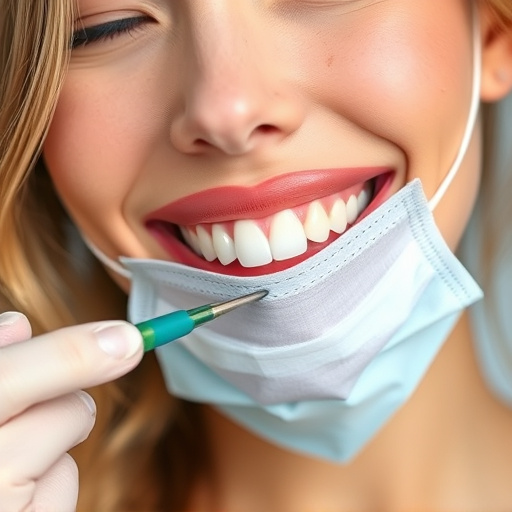
Early recognition of abscesses and infections through preventive dental care with regular check-ups…….
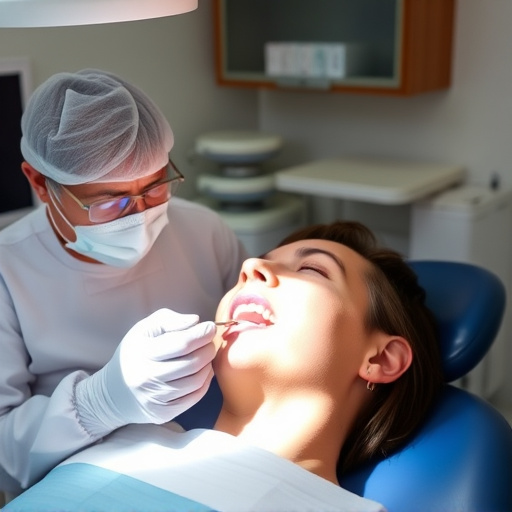
Prompt recognition of dental emergencies and access to emergency care prevent severe complications a…….
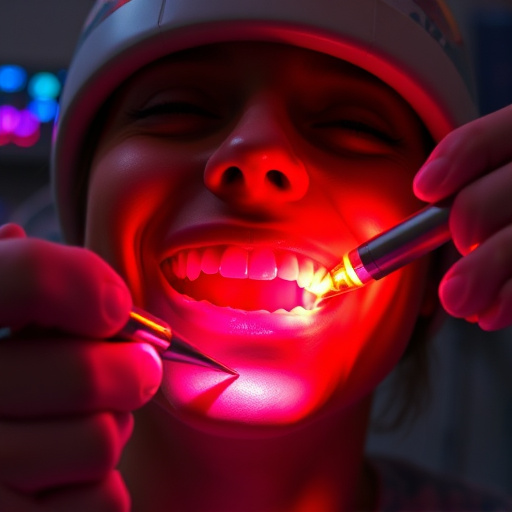
Emergency dental care addresses acute oral issues needing immediate attention, preventing worsening…….
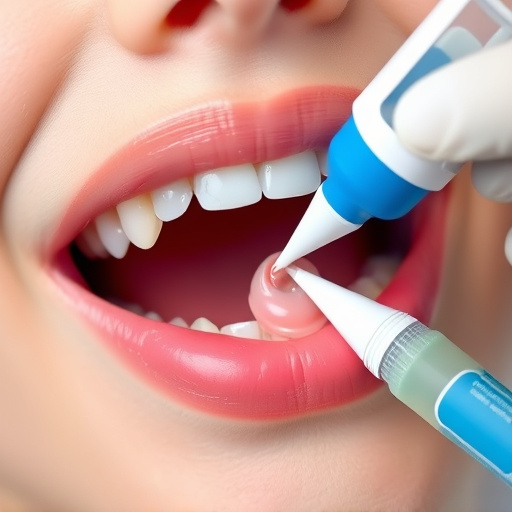
Preventive dental care, including regular check-ups and good oral hygiene, is vital to avoid costly…….
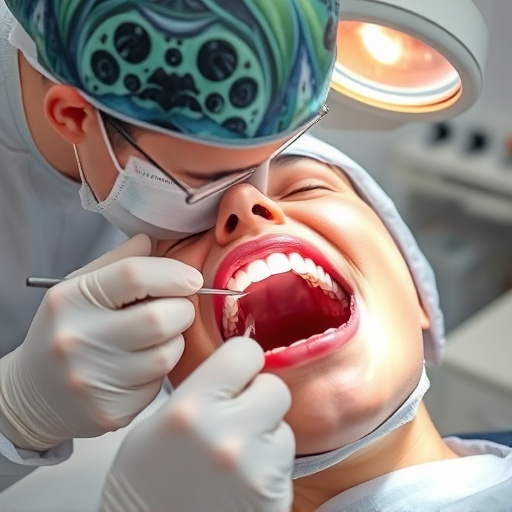
Immediate attention is crucial for dental emergencies like severe toothaches or gum issues. Preventi…….
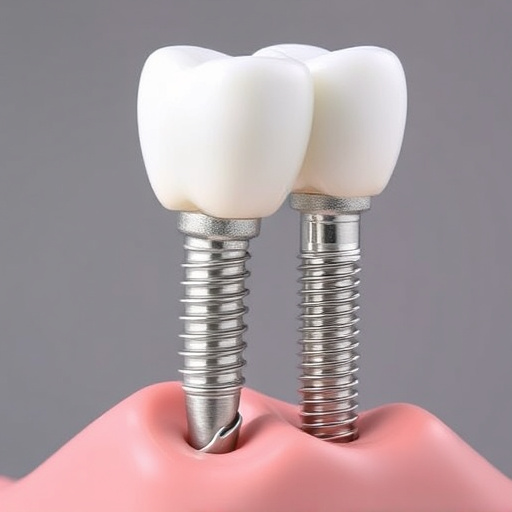
Emergency dental care, offered in general dentistry practices, is crucial for preventing severe oral…….

Recognizing early signs of dental emergencies like pain, swelling, or visible damage is crucial for…….